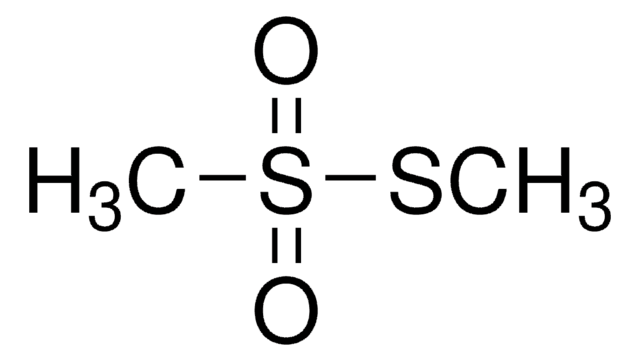N1501
Neocuproine
≥98%
Synonym(s):
2,9-Dimethyl-1,10-phenanthroline, DMPHEN
About This Item
Recommended Products
Assay
≥98%
form
crystalline
color
white to beige
SMILES string
Cc1ccc2ccc3ccc(C)nc3c2n1
InChI
1S/C14H12N2/c1-9-3-5-11-7-8-12-6-4-10(2)16-14(12)13(11)15-9/h3-8H,1-2H3
InChI key
IYRGXJIJGHOCFS-UHFFFAOYSA-N
Looking for similar products? Visit Product Comparison Guide
Related Categories
Application
- In the aerobic oxidation of benzyl and allylic alcohols to corresponding carbonyl compounds using Au(I) as a catalyst.
- To synthesize aqua(2,9-dimethyl-1,10-phenanthroline)NiCl2 complex, which is used as a precursor for the preparation of uniform spherical NiO nanoparticles via the thermal decomposition method.
- In the Zn-catalyzed allylation reactions of aldehydes with allyl boronates to prepare α-addition products with high diastereoselectivities.
Storage Class Code
11 - Combustible Solids
WGK
WGK 3
Flash Point(F)
Not applicable
Flash Point(C)
Not applicable
Personal Protective Equipment
Certificates of Analysis (COA)
Search for Certificates of Analysis (COA) by entering the products Lot/Batch Number. Lot and Batch Numbers can be found on a product’s label following the words ‘Lot’ or ‘Batch’.
Already Own This Product?
Find documentation for the products that you have recently purchased in the Document Library.
Customers Also Viewed
Our team of scientists has experience in all areas of research including Life Science, Material Science, Chemical Synthesis, Chromatography, Analytical and many others.
Contact Technical Service









